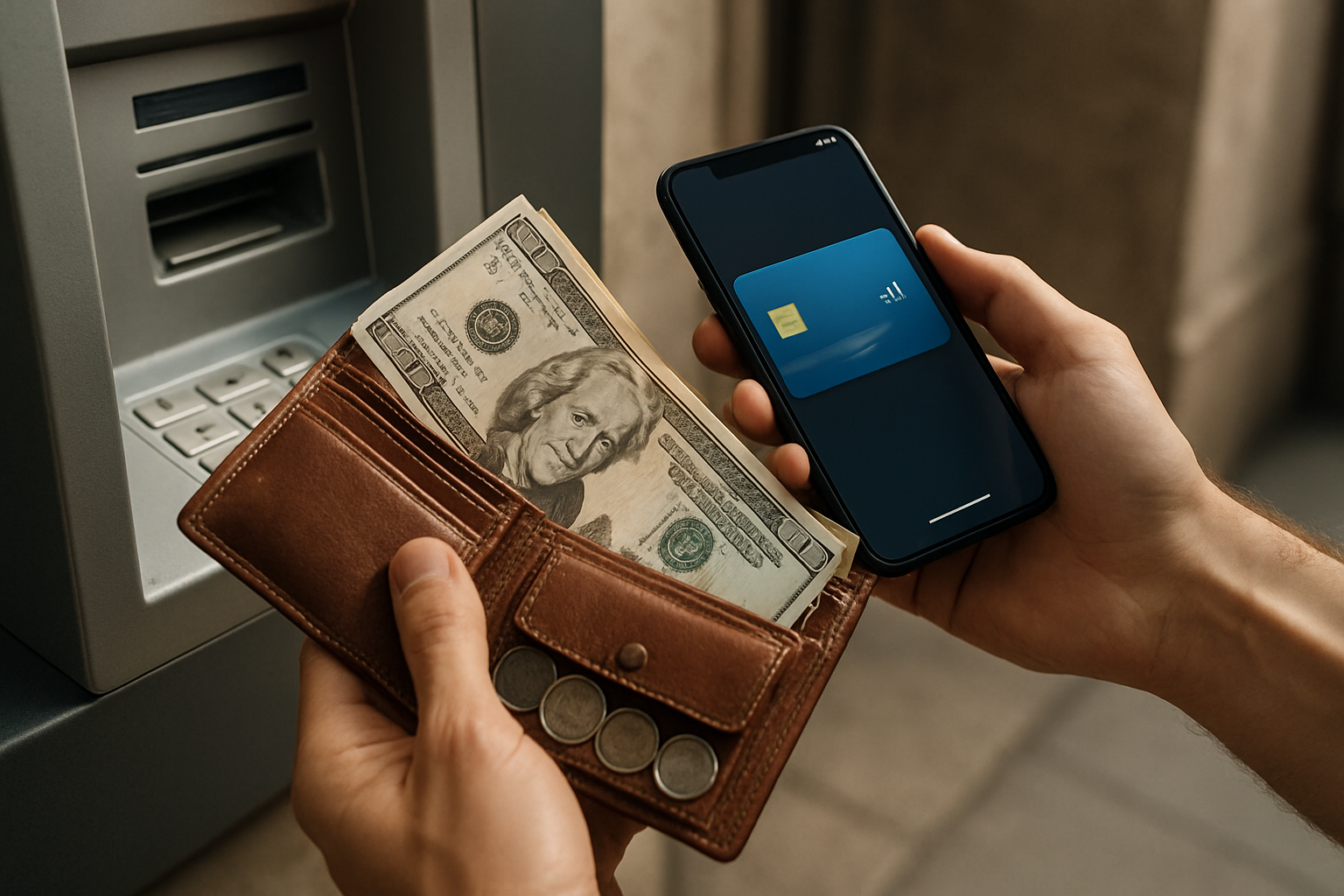The Hidden Costs of Cash: Rethinking Your Financial Habits
In an era of digital wallets and contactless payments, cash might seem like a relic of the past. Yet, many still cling to the tangible security of paper money, unaware of the hidden costs associated with this seemingly simple financial tool. From personal budgeting challenges to broader economic implications, our reliance on cash may be more expensive than we realize.

The Psychological Trap of Cash Spending
Cash has long been touted as a budgeting tool, with the physical act of handing over money supposedly making us more aware of our spending. However, recent studies in behavioral economics suggest the opposite may be true. The pain of parting with cash can actually lead to more impulsive purchases, as we seek to alleviate the discomfort quickly.
This phenomenon, known as the cash-first effect, can result in higher overall spending compared to card transactions. When we use cash, we tend to make more frequent, smaller purchases, which can add up significantly over time. In contrast, card users often engage in more deliberate, planned spending, potentially leading to better financial outcomes.
The True Cost of ATM Withdrawals
While ATMs offer convenient access to cash, they come with their own set of hidden costs. ATM fees, especially when using out-of-network machines, can quickly erode your savings. A $3 fee on a $20 withdrawal represents a 15% surcharge – a rate that would be considered usurious in any other financial context.
Moreover, the time spent locating ATMs, traveling to them, and waiting in line represents an opportunity cost. In our fast-paced world, these seemingly small inconveniences can accumulate into significant losses of productivity and potential earnings.
Cash and the Shadow Economy
Cash transactions are the lifeblood of the shadow economy, facilitating tax evasion and illegal activities. While individual cash users may not directly engage in such practices, the prevalence of cash in society indirectly supports these underground markets. This leads to reduced tax revenues for governments, potentially resulting in higher tax rates or reduced public services for law-abiding citizens.
Furthermore, the anonymity of cash makes it difficult for authorities to track and prevent financial crimes, creating additional societal costs in the form of increased law enforcement and regulatory expenses.
The Environmental Impact of Cash
The production, transportation, and disposal of physical currency have a significant environmental footprint. From the energy-intensive processes of printing and minting to the fuel consumed in armored truck deliveries, cash contributes to carbon emissions in ways that digital transactions do not.
Additionally, the lifespan of paper money is relatively short, with bills needing replacement every few years. This constant cycle of production and destruction represents a substantial use of resources that could be minimized through increased adoption of digital payment methods.
Cash and Financial Inclusion
While cash is often seen as universally accessible, it can actually hinder financial inclusion. Unbanked individuals who rely solely on cash face challenges in building credit histories, accessing loans, and participating in the broader financial system. This can perpetuate cycles of poverty and limit economic opportunities.
Digital payment systems, when properly implemented, have the potential to bring financial services to underserved populations, offering a path to greater economic empowerment and stability.
Strategies for Reducing Cash Dependency
-
Embrace mobile payment apps and digital wallets for everyday transactions
-
Set up automatic bill payments to avoid the need for cash or checks
-
Use budgeting apps that sync with your bank accounts for real-time expense tracking
-
Explore cashback credit cards to earn rewards on necessary purchases
-
Consider opening an online-only bank account with lower fees and higher interest rates
As we navigate an increasingly digital financial landscape, it’s crucial to reassess our relationship with cash. While physical currency will likely remain a part of our financial ecosystem for years to come, understanding its true costs can help us make more informed decisions about our money management strategies.
By embracing digital alternatives and being mindful of the hidden expenses associated with cash, we can potentially improve our personal finances, contribute to a more efficient economy, and support a more sustainable future. The next time you reach for your wallet, consider the full implications of your payment choice – the true cost may surprise you.





